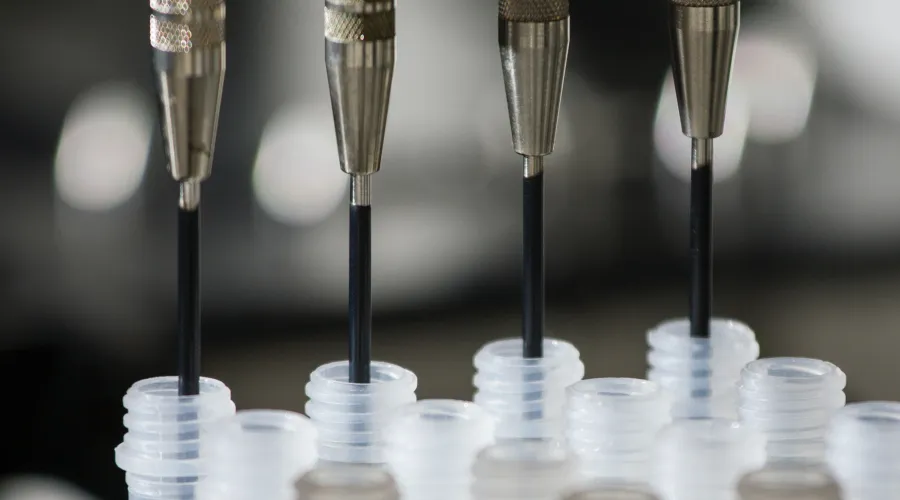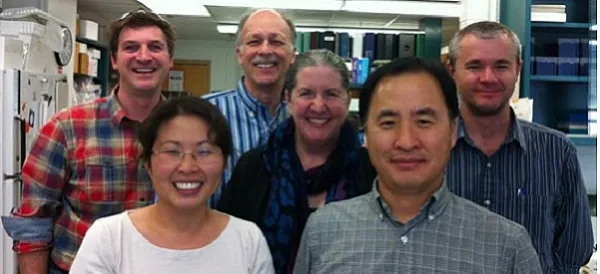
Ovulation and Luteal Formation
in Rodents, Monkeys, and Women

The significance of these studies lies in their truly unique translational potential to further our understanding of one of the cornerstones of female fertility, ovulation. Ovulation is the process where the egg or oocyte is released from the ovarian follicle. This process is set in motion by a surge of luteinizing hormone (LH) during the middle of the menstrual cycle. This increase in LH initiates a cascade of events that result in the breakdown of the wall of the ovarian follicle, release of the oocyte, and the subsequent transformation of the follicle into a structure known as the corpus luteum, which is responsible for the production of progesterone. Although it is well documented that the surge of LH is responsible for ovulation, the events triggered by LH to bring about oocyte release and the formation of the corpus luteum are still unknown.
Rather than studying one aspect of the ovulatory process, this Program Project grant (P01) will provide the platform to explore multiple key scientific questions simultaneously from varied yet complementary approaches dependent upon each investigator’s background to further our understanding of the ovulatory process. The four integrated projects have numerous interactions that serve to bridge the individual research projects to provide a broader, more comprehensive picture of the interrelated mechanisms of ovulation. These projects focus on changes that occur in the blood supply, the immune system, steroid production and the extracellular matrix of the ovarian follicle. There is also a pilot project that explores the function of the oviduct at the time of ovulation.
A key aspect of this P01 program is that these studies will document for the first time changes in pathways that are critical for ovulation and early luteal formation in the human. This will be accomplished by using human ovarian follicles collected at defined times during the ovulatory period. These human tissues allow an incredible translational potential to use the macaque and rodent to model the ovulatory events observed in the human. Tissues from the rodent are easily manipulated, unlike intact human follicles, and findings in the rodent can then be modeled to further explore ovulatory events in the monkey and human. The human samples will therefore allow every investigator to translate their findings to women and truly understand whether models in rodents or monkeys recapitulate systems found in the human. The ability to compare data generated from the study of rodent, monkey, and human tissues significantly enhances both scientific opportunities and relevance to human health.
The present P01 program brings together a talented, interactive group of scientists with outstanding backgrounds in ovarian physiology to explore the mechanisms associated with follicular rupture and luteal formation. The translation of the scientific findings across multiple species including humans is a unique approach to further our understanding of one of the fundamental foundations of female fertility.